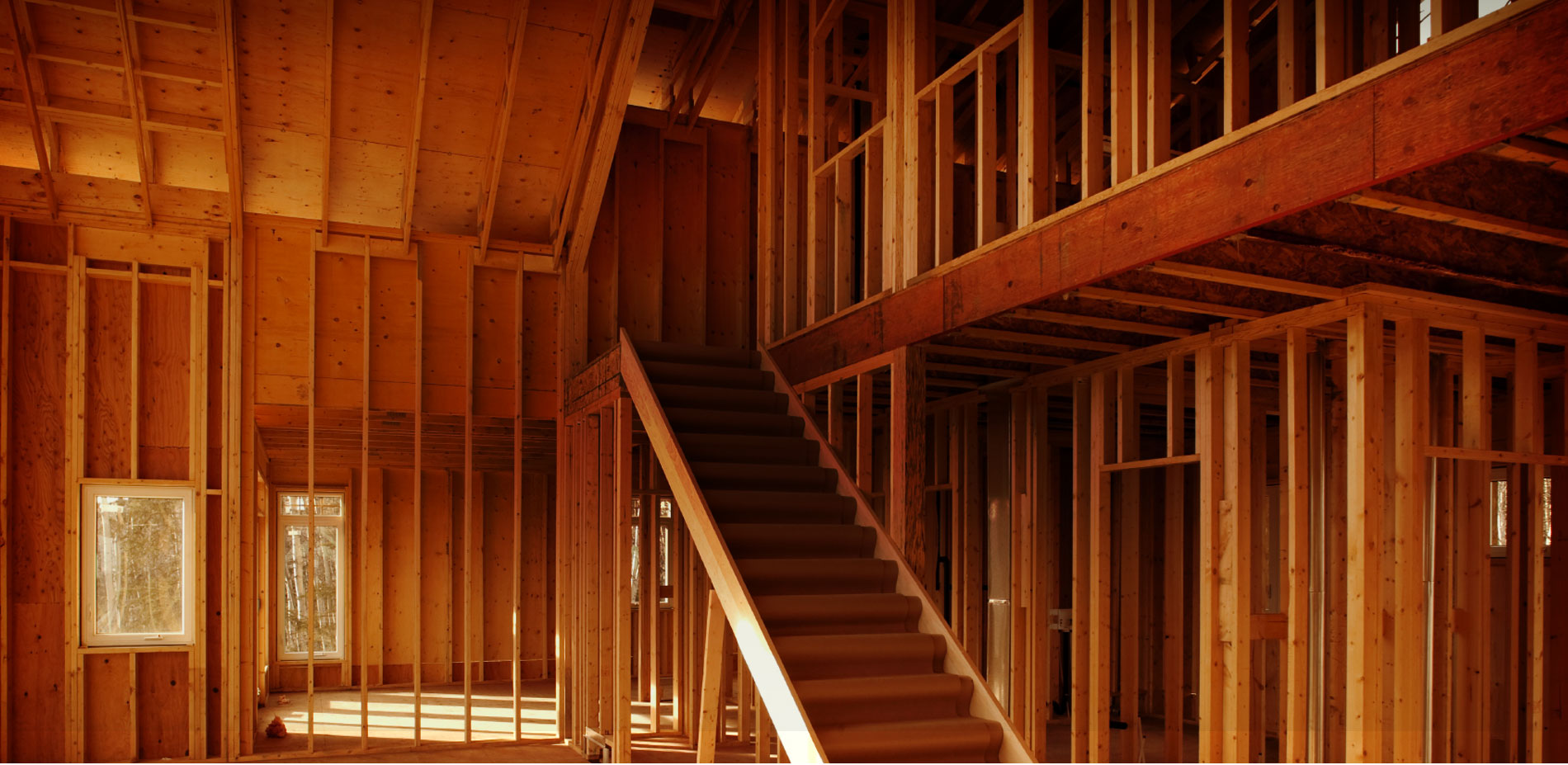Setting Your Sails
 Three and a half decades ago, Tom, an old partner of mine, owned a sailboat, which he loved. Tom harbored his sailboat on the Chesapeake Bay about two and a half hours from our offices, and he used it for entertaining clients, taking his partners and staff on outings, fishing with friends, and sometimes just sailing for the pure joy of it. As he advanced through middle age, however, he found that his children were no longer kids, had developed interests of their own, and seldom wanted to sail on the bay. His wife, who was never much enamored of the boat, had grown to dislike it, and his friends had moved onto other hobbies. The boat was expensive to keep and always seemed to need repairs or maintenance. The physical exertion required to sail the boat had become harder for him to muster, which made his trips to Maryland less and less enjoyable as the years passed.
Three and a half decades ago, Tom, an old partner of mine, owned a sailboat, which he loved. Tom harbored his sailboat on the Chesapeake Bay about two and a half hours from our offices, and he used it for entertaining clients, taking his partners and staff on outings, fishing with friends, and sometimes just sailing for the pure joy of it. As he advanced through middle age, however, he found that his children were no longer kids, had developed interests of their own, and seldom wanted to sail on the bay. His wife, who was never much enamored of the boat, had grown to dislike it, and his friends had moved onto other hobbies. The boat was expensive to keep and always seemed to need repairs or maintenance. The physical exertion required to sail the boat had become harder for him to muster, which made his trips to Maryland less and less enjoyable as the years passed.
Eventually Tom concluded that it was time to sell the boat. He had located a buyer across the bay from where his boat was moored and planned to deliver the boat himself with one last sail across the Chesapeake. Tom stopped by my office early one week and asked me to clear my calendar for Friday to serve as his lone shipmate on that final trip. He told me it would be a long but exciting day and that a steak dinner would be waiting for us back at his house when we were finished. Tom was a mentor to me, a senior partner at our firm, and a genuinely good guy. I felt honored that he chose me to go on that last voyage, and I immediately accepted his invitation.
Friday came, and we left at dawn. By the time we usually started our workday, we were at the dock. It was cold for early October, and there was a strong wind blowing off the water and into our faces. I asked Tom which direction we would be heading, and he pointed right into the teeth of the wind to a spot of land across the bay that I could not see because of distance and the soupy conditions. In my imagination, this trip was to be a gentle ride with the wind at our back across calm waters under a sunny sky. Now it seemed impossible, and I muttered something to that effect. Tom untied a knot to loosen part of a sail and said, “It doesn’t matter which way the wind blows. What’s important is how you set your sails.” Tom could see I was puzzled, so he explained that we would have to tack across the water by positioning our sails so we could zig zag in the general direction of our destination without ever trying to move directly into the wind.
For the next six and a half hours I trimmed sail, kept shifting from one side of the boat to the other to help balance her, and tried to avoid the boom that would swing every time we changed direction. Eventually we sailed the “Lenore” into the marina that would be her new home and wearily returned to Harrisburg, Pennsylvania for cocktails and a steak dinner that was savored even more than usually because of our adventure at sea that day.
I have not done much sailing since then, and I certainly don’t remember enough about the trip to tack a boat for six and a half hours into a strong Chesapeake Bay wind. But I have never forgotten the way my friend described a principle that every sailor knows and that every business person ought to know: “It doesn’t matter which way the wind blows. What’s important is how you set your sails.”
Lately America’s builders have dealt with some challenging issues. Supply chain problems and labor shortages persist. Inflation and rising interest rates have decreased consumers’ appetites for new homes. Sometimes, running a business these days, and particularly a home building business, can feel like you’re sailing into the strongest gales of a wicked Nor’easter. But even if the wind is against us, we can still make progress if we trim our sails and take a different tack, and here are some strategies we can use to navigate the current tough economic climate.
Pay close attention to your margins. Rising supply and labor costs coupled with low pricing by desperate competitors put profit margins at risk. Avoid this trap and make sure you make money on every house you build.
Stay on top of billing and collect what is owed. Cash is the life blood of a company and leaving it with the bank or the customer longer than necessary can place undue pressure on your operations. A good approach in tough times is to bill early, bill often and be persistent.
Make customer satisfaction a priority. Repeat customers and word of mouth advertising are worth their weight in gold. If you experience a slowdown, check in with old customers and double up on customer service. This investment of time and energy could lead to some immediate sales and plant seeds for future transactions when the economy loosens up.
Be creative. Some builders get too comfortable building the same product repeatedly. If you are in that rut, get out of it by learning what consumers want (or will soon want) and start building those products. Customer preferences for home size, lot size, floor plans, finishes, and a myriad of other variables change over time. Learn what your customers want, and creatively craft the homes of their dreams.
Protect your profit. Make sure that you are not overpaying for material, labor, or equipment, that you are not undercharging your buyers, and that you take reasonable steps to protect your bottom line. Well drafted sales agreements, appropriate liability insurance, and an insurance backed express warranty with a mandatory binding arbitration provision are essential elements of a well-run and profitable home building company.
HOME of Texas has been directed by the same owner since 1992, and along with our national affiliate Residential Warranty Company, LLC, our people have administered home warranties on nearly four million homes! We offer a wide variety of warranty options, from the standard ten-year warranty to our specialty warranties for remodeling projects, detached garages, and commercial construction. HOME’s warranty mirrors Texas’ ten-year statute of repose and transfers the major structural defect obligations from our builders to HOME’s insurer in the final eight years of the warranty. HOME’s warranty provides clear performance standards that help create realistic expectations in your homeowners and a road map to resolving even the stickiest customer complaints.
HOME’s warranties are backed by a Texas property and casualty insurance company, and HOME and its affiliates are 100% American owned. Our pleasant customer service staff is dedicated to making your interactions with HOME as smooth as possible, and our veteran warranty resolution team will handle your customers’ concerns with care.
While the economic wind might be in our faces now, remember that it doesn’t matter which way the wind blows. What’s important is how you set your sails. Take HOME aboard with you, and let us help you successfully navigate these challenging times.
Have a great winter!



